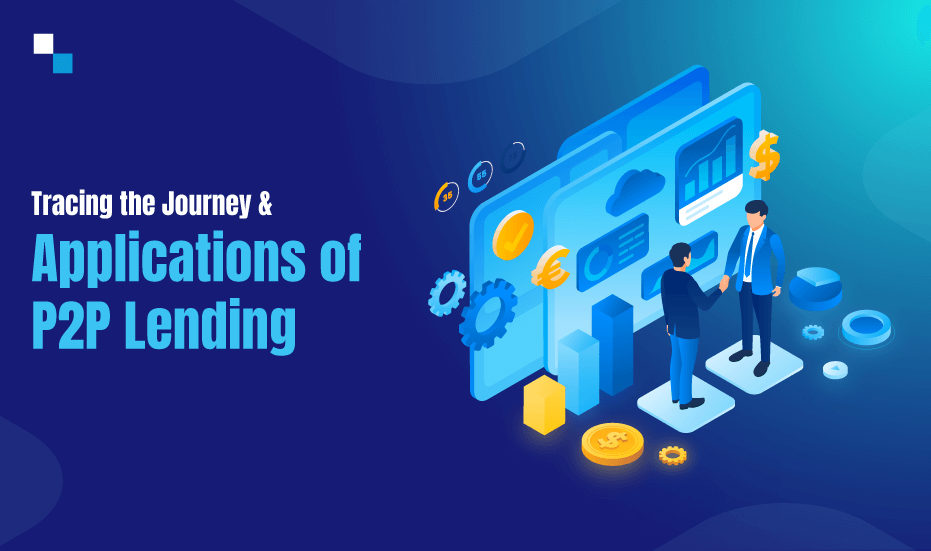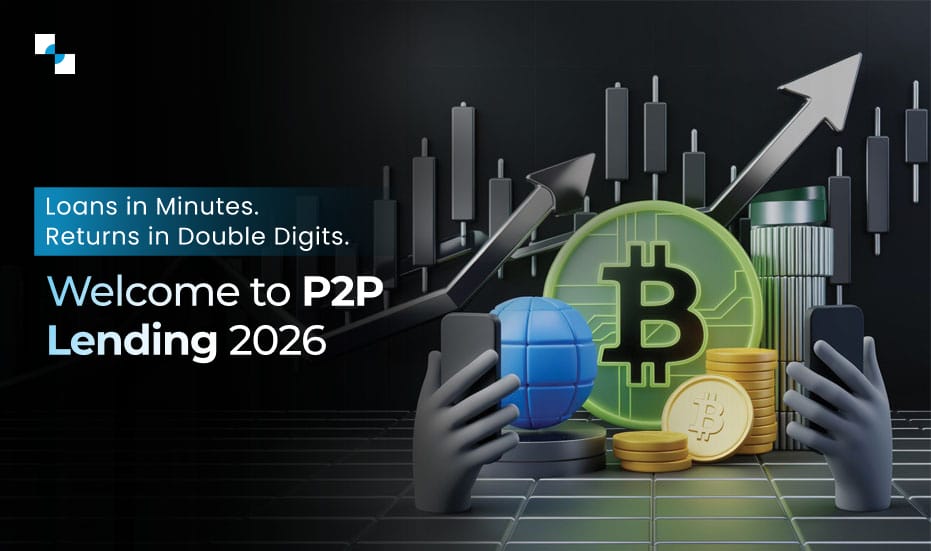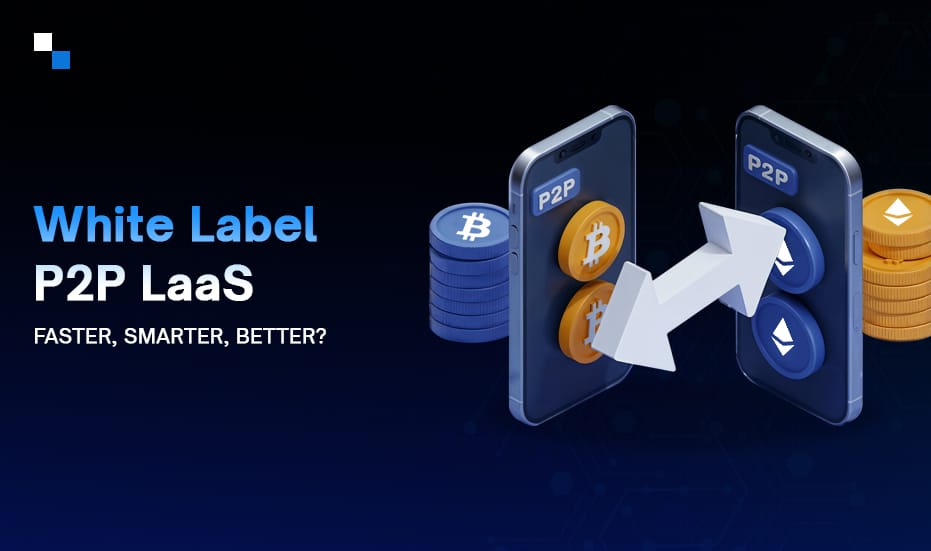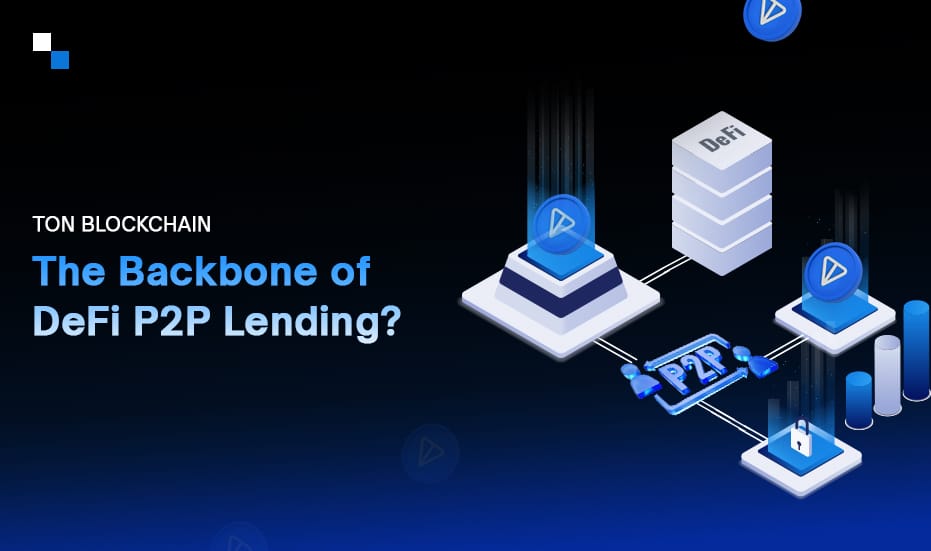Introduction
Imagine a world where you can skip the middleman and borrow money directly from individuals willing to invest in you. This is the world of P2P lending, where borrowers and investors unite on online platforms to create a lending revolution. No more pesky banks, no more traditional loan applications, just you and your peers making financial magic happen. P2P lending has become increasingly popular in recent years with more and more companies manufacturing P2P lending platform software. The global P2P lending market is expected to reach $558.91 billion by 2027, according to a report by Allied Market Research. In this blog, we will explore the applications of P2P lending platform software.
History of Peer-to-Peer Lending
Peer-to-peer (P2P) lending, also known as social lending, is a relatively new form of lending that connects borrowers directly with investors through an online platform. The concept of P2P lending was first introduced in the early 2000s, with the launch of platforms like Zopa in the UK and Prosper in the US.
The idea behind P2P lending was to provide an alternative source of funding for individuals and businesses who were unable to access traditional lending channels, such as banks and credit unions. Through connecting borrowers with investors directly, P2P lending platforms software could offer faster, more accessible, and more flexible financing options.
Today, P2P lending software has become an established part of the lending landscape, with a wide range of platforms offering loans for everything from personal financing to small business loans and real estate financing. The global P2P lending market was assessed to be worth USD 84.89 billion in 2020, and it is estimated to grow at a compound annual growth rate (CAGR) of 28.2% from 2021 to 2028, reaching a value of USD 578.03 billion by the end of the forecast period, according to Verified Market Research.
Personal Loans
One of the primary applications of P2P lending platform software is providing personal loans to individuals who are unable to access traditional lending channels, such as banks. This can be particularly useful for individuals with poor credit histories, who may struggle to obtain loans from banks. P2P lending software can provide an alternative source of funding for these individuals, based on their creditworthiness and ability to repay the loan.
Business Loans
P2P lending platform software can also be used to provide loans to small and medium-sized businesses. These businesses may find it difficult to obtain loans from traditional sources, such as banks, due to their lack of collateral or established credit history. P2P lending platforms can provide an alternative source of funding for these businesses, based on their financial performance and future growth potential.
The report by Allied Market Research notes that P2P lending platforms can provide faster and more accessible financing for small businesses, compared to traditional lending channels. This can help small businesses grow and expand, driving economic growth and job creation.
Create Your Own P2P Lending Software
Schedule Free DemoReal Estate Financing
Peer to Peer lending software can be used to finance real estate projects, such as property development or renovation. Investors can provide funding for these projects, which is then repaid with interest as the project progresses. This can be an attractive investment opportunity for investors, who can earn a return on their investment while diversifying their portfolio.
Moreover, P2P lending platforms can also provide faster and more flexible financing for real estate projects, compared to traditional lending channels.
Student Loans
P2P lending platforms can also be used to provide student loans to individuals who are unable to obtain loans from traditional sources, such as banks. This can be particularly useful for individuals who are pursuing higher education but may not have the financial means to do so. P2P lending platforms can provide an alternative source of funding for these individuals, based on their creditworthiness and potential future earnings.
Peer to Peer lending platform software can provide an alternative to traditional private student loans, offering borrowers more flexible repayment terms and potentially lower interest rates.
Debt Consolidation
P2P lending platforms can also be used to consolidate debt. Debt consolidation is the process of taking out a loan to pay off multiple debts. This can be useful for individuals who have multiple high-interest debts, such as credit cards and want to simplify their debt payments and potentially lower their interest rates. P2P lending platforms can provide an alternative source of funding for debt consolidation, based on the borrower’s creditworthiness and ability to repay the loan.
Peer to Peer lending software can also provide borrowers with more flexible repayment terms, allowing them to pay off their debt at a pace that suits their financial situation.
Conclusion
The applications of P2P lending platform software are wide-ranging, and the potential for growth and innovation in this space is immense. Whether you are an individual looking for a personal loan, a small business in need of financing, or a real estate developer seeking to fund your next project, P2P lending platforms offer a compelling alternative to traditional lending channels.







